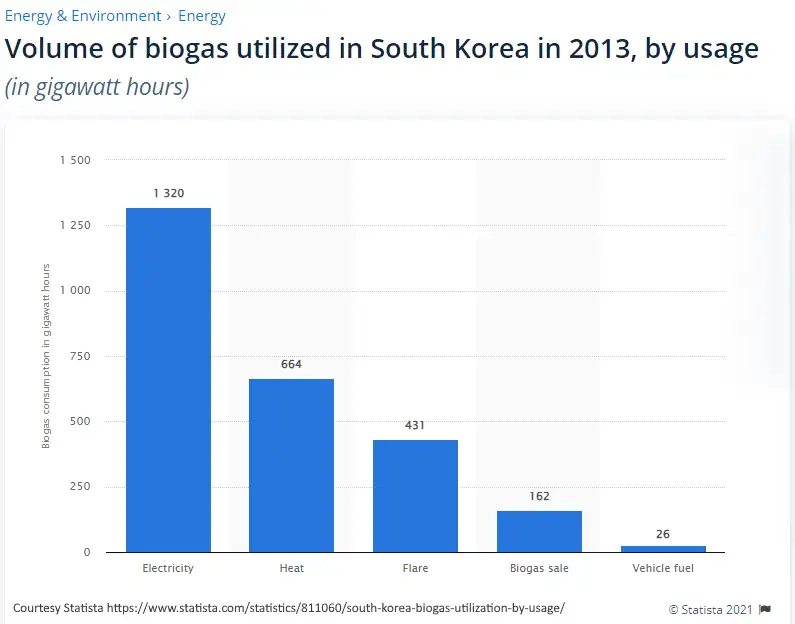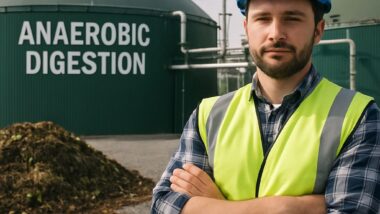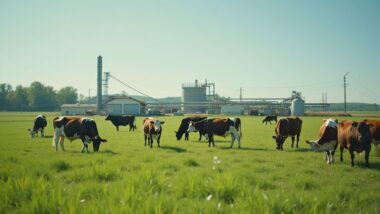South Korea's biogas industry is growing, driven by its national energy and carbon neutrality goals, despite challenges, with the biggest being past facility failures. The market generated $3,166.8 million in 2023 and is projected to grow at a 3.1% CAGR, with municipal waste being the largest source and agriculture showing the most rapid growth.
Key points include the government's national strategy, updated standards for biogas plants, and an expansion of production facilities to meet future targets, which aim to significantly increase biomethane production and reduce greenhouse gas emissions.
Key Takeaways for South Korea Biogas Industry Growth
- South Korea's biogas market is projected to reach US$3.93 billion by 2030, growing at a CAGR of 3.1% from 2024-2030.
- Municipal waste currently dominates the market with a 56% share, though agricultural feedstock is showing promising growth potential.
- Government initiatives including the Green New Deal and carbon neutrality goals are creating favorable conditions for biogas industry expansion.
- South Korea's first commercial biogas-based biomethanol plant represents a significant technological advancement in the sector.
- Foreign and domestic investment opportunities are expanding as South Korea positions biogas as a key component in its energy independence strategy.
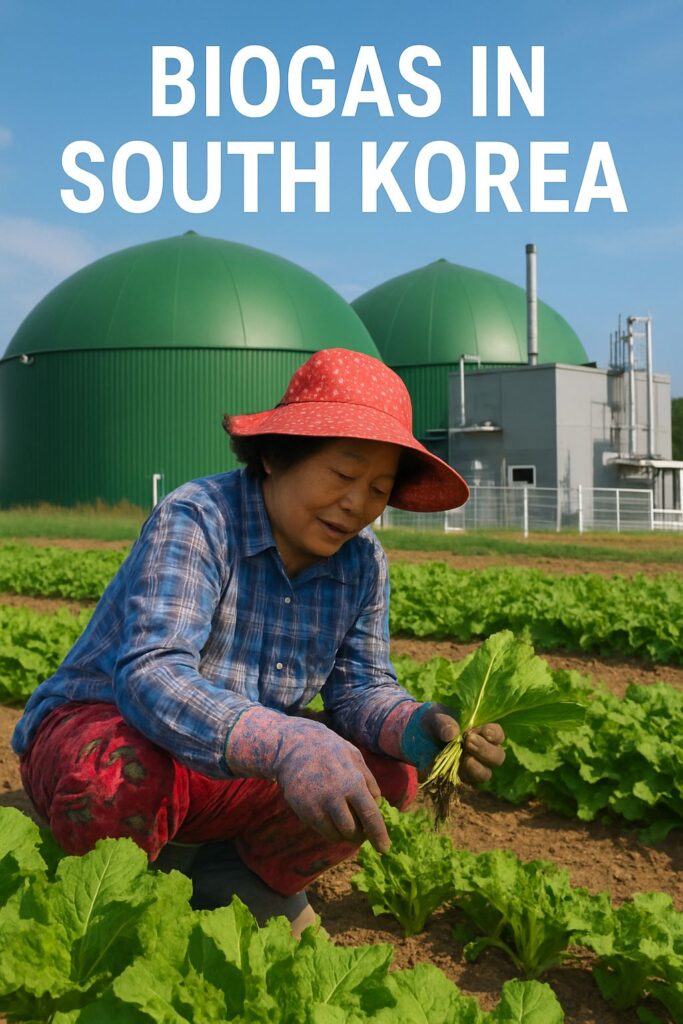
South Korea's renewable energy landscape is undergoing a profound transformation, with biogas emerging as a frontrunner in the nation's clean energy portfolio. As the country grapples with air quality challenges and ambitious carbon reduction targets, biogas offers a practical solution that addresses multiple environmental and economic objectives simultaneously. The momentum behind this industry is building rapidly, creating unprecedented opportunities for investors, technology providers, and sustainability advocates alike.
The South Korean Biogas Industry represents a crucial piece in South Korea's larger puzzle of energy security, environmental protection, and economic growth. By converting organic waste into valuable energy, this technology embodies the circular economy principles that are increasingly guiding national policy. For industry stakeholders and renewable energy enthusiasts, understanding the trajectory and potential of this market is essential for strategic planning and informed decision-making.
South Korea's Booming Biogas Market: $3.9 Billion by 2030
The South Korean biogas market is on an impressive upward trajectory, generating US$3.17 billion in 2023 with projections to reach US$3.93 billion by 2030. This reflects a steady compound annual growth rate (CAGR) of 3.1% between 2024 and 2030, outpacing many traditional energy sectors. The country currently represents approximately 4.8% of the global biogas market, signaling significant room for expansion as domestic infrastructure develops and technology adoption accelerates across various sectors.
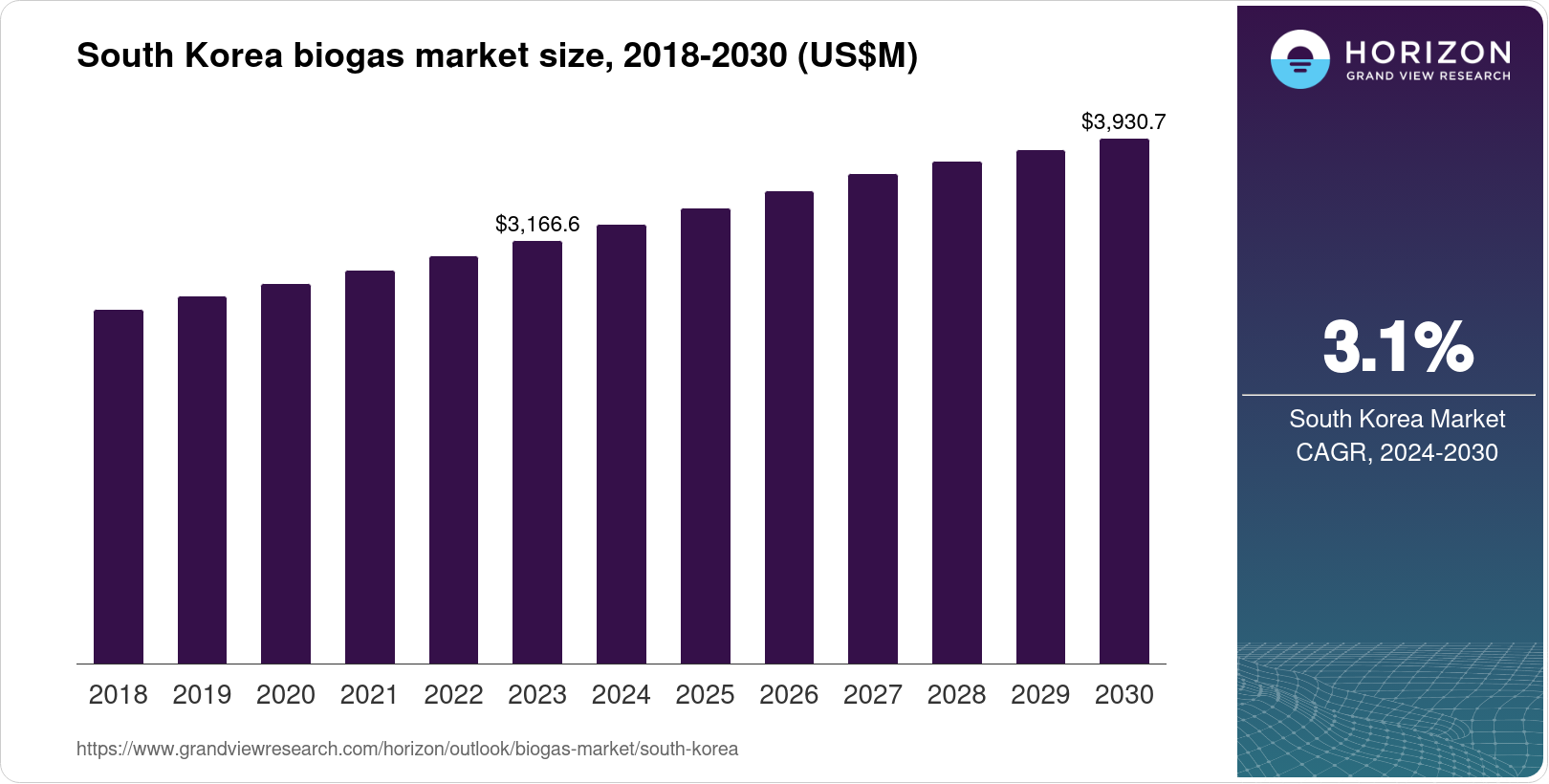
“South Korea Biogas Market Size …” from www.grandviewresearch.com and used with no modifications.
This growth is not occurring in isolation but rather as part of a coordinated national strategy to diversify energy sources and reduce dependency on imported fossil fuels. Within the Asia-Pacific region, South Korea positions itself as a significant player, though still behind China which leads regional biogas development. However, South Korea's advanced technological capabilities and strong governmental support create favorable conditions for accelerated industry expansion in the coming years.
South Korea Biogas Market at a Glance
2023 Revenue: US$3.17 billion
2030 Projected Revenue: US$3.93 billion
CAGR (2024-2030): 3.1%
Global Market Share: 4.8%
Largest Segment: Municipal (56% share)
Current Market Value and Growth Trajectory
The consistent upward trend in South Korea's biogas market reflects multiple driving factors converging simultaneously. Technological advancements have improved efficiency and reduced operational costs, making biogas increasingly competitive with conventional energy sources. Meanwhile, rising disposal costs for organic waste have made waste-to-energy conversion financially attractive for municipalities and industrial facilities. When compared to volatile fossil fuel markets, biogas offers predictable pricing and supply stability, attributes highly valued in South Korea's energy planning frameworks.
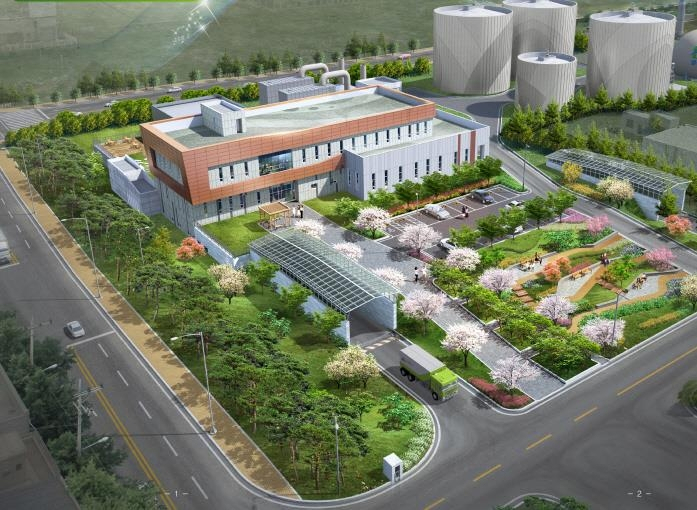
“South Korea to produce biogas from …” from www.koreaherald.com and used with no modifications.
Government Green Initiatives Driving Adoption
South Korea's government has established itself as a proactive force in renewable energy development through targeted policies and financial incentives. The Korean New Deal, announced in 2020 with approximately US$61 billion allocated to green initiatives, has created a favorable regulatory environment for biogas projects. Feed-in tariffs specifically designed for biogas-generated electricity have stimulated investment in new facilities, while carbon credit systems provide additional revenue streams for project developers. Tax incentives further enhance the economic viability of biogas installations in the South Korean biogas Industry, particularly for industrial applications where waste management presents significant challenges.
Why South Korea is Betting Big on Biogas Energy
“South Korea's transition to renewable energy isn't merely an environmental choice—it's an economic necessity and public health imperative. Biogas stands at the intersection of these priorities, offering multiple benefits from a single technology solution.” – Energy Policy Institute of Korea
South Korea's aggressive pursuit of biogas technology stems from a unique combination of environmental imperatives, energy security concerns, and economic opportunities. The country faces some of Asia's most pressing environmental challenges, including waste management difficulties in densely populated urban centers. By converting organic waste into energy, biogas facilities simultaneously address waste disposal issues while generating renewable power. This dual benefit makes biogas particularly attractive in South Korea's resource-constrained context, where land availability for energy infrastructure is limited, and waste management costs continue to rise.
Beyond environmental considerations, energy security remains a paramount concern for Korean policymakers. As one of the world's largest energy importers, South Korea has historically been vulnerable to supply disruptions and price volatility in international markets.
Domestic biogas production offers a degree of insulation from these external risks while keeping energy expenditures within the national economy rather than flowing overseas. This strategic dimension of biogas development aligns perfectly with broader national interests in economic resilience and self-sufficiency.
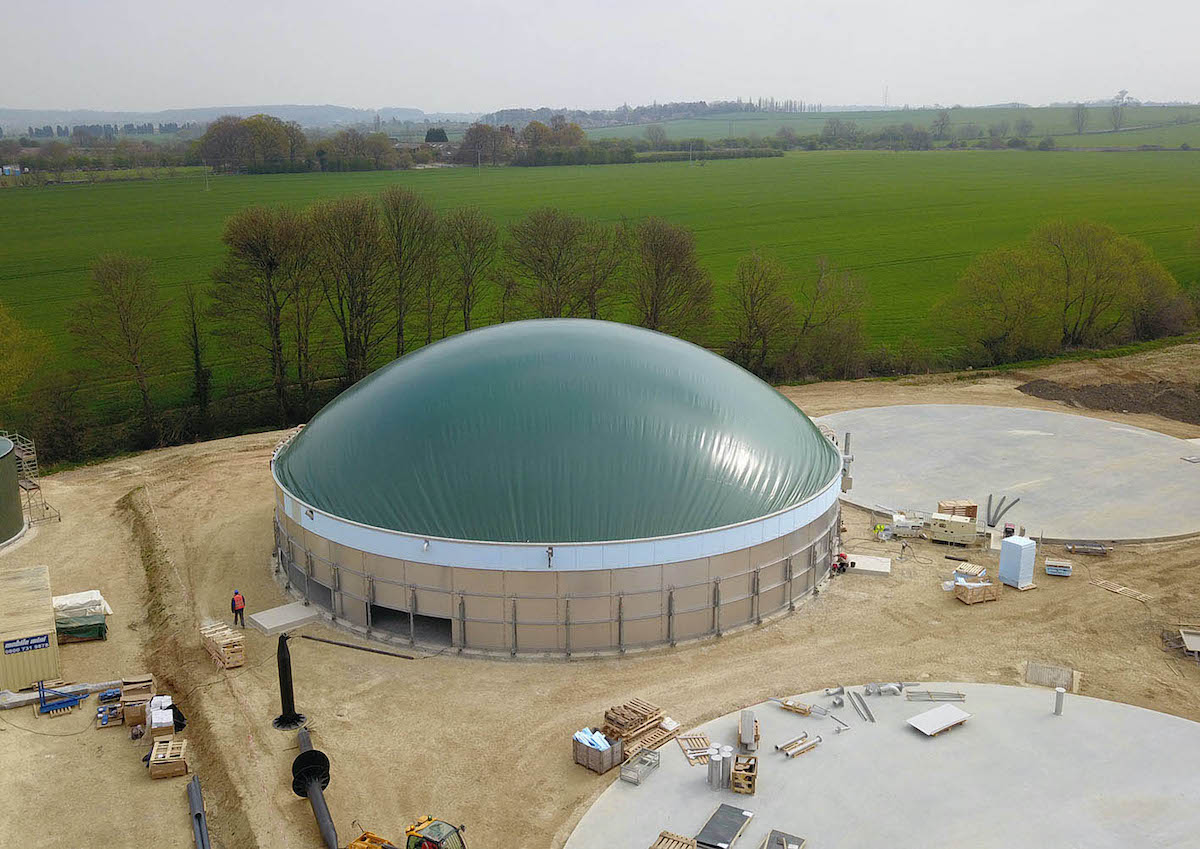
“Plant in South Korea to Produce Heat …” from recyclinginside.com and used with no modifications.
Worst Air Quality Among OECD Nations
South Korea faces severe air quality challenges that have placed public health at the center of energy policy discussions. The country consistently ranks among the worst in the OECD for fine particulate matter (PM2.5) pollution, with Seoul regularly experiencing hazardous air quality days that affect millions of urban residents.
While much of this pollution comes from coal-fired power plants and industrial facilities, traditional waste management practices—including landfilling and incineration—contribute significantly to the problem.
Biogas production offers a cleaner alternative by capturing methane that would otherwise be released into the atmosphere while reducing the volume of waste requiring disposal through conventional means.
- South Korea's PM2.5 levels exceed World Health Organization guidelines by 4.5 times in many urban areas
- Air pollution costs the Korean economy an estimated $9 billion annually in healthcare expenses and lost productivity
- Converting organic waste to biogas can reduce methane emissions by up to 85% compared to landfilling
- Each biogas facility can offset approximately 7,000-10,000 tons of CO2 equivalent annually
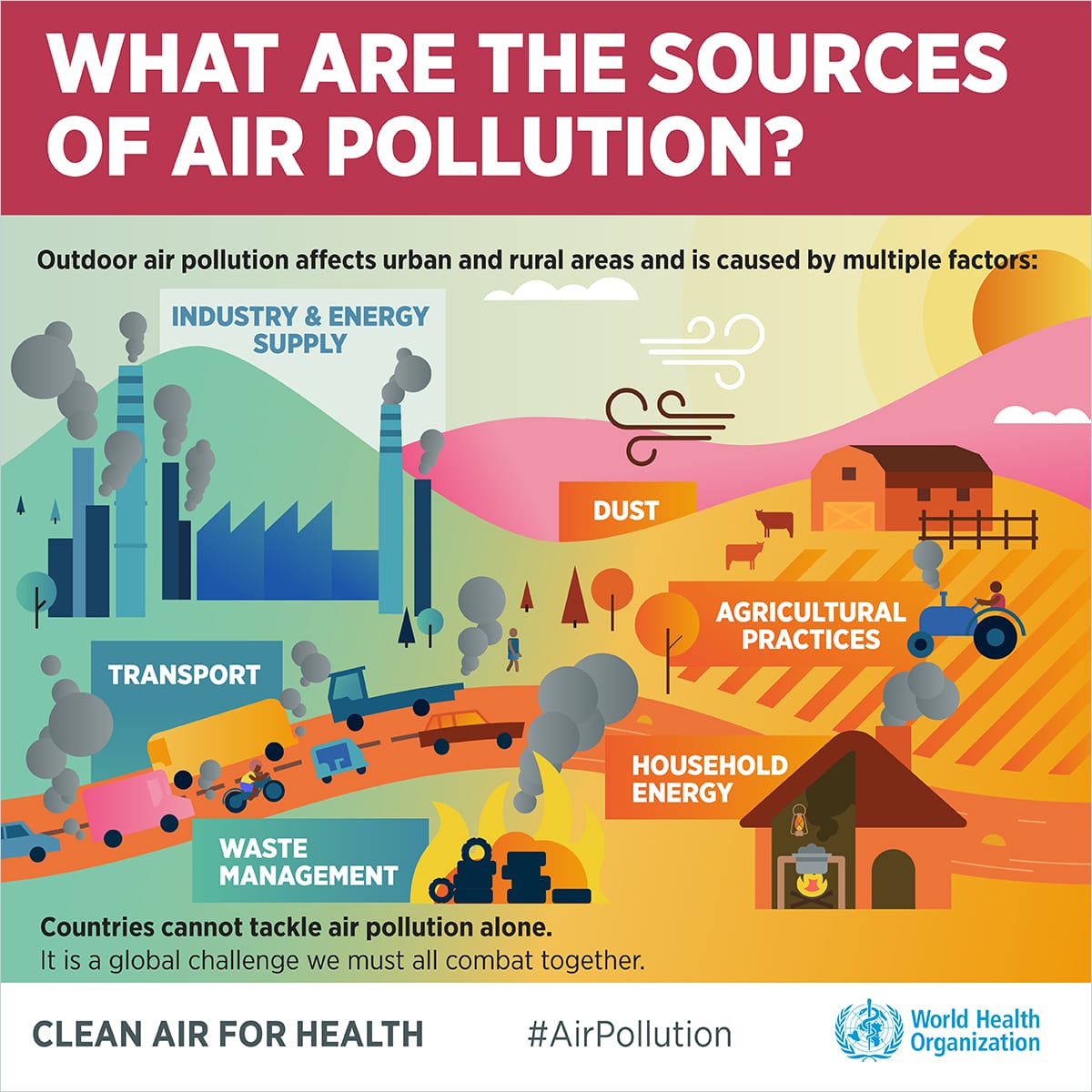
“Air Pollution in Seoul: Navigating …” from breathesafeair.com and used with no modifications.
Green New Deal and Net-Zero Carbon Goals
South Korea's landmark Green New Deal represents a watershed moment for renewable energy development across the nation. Launched in 2020 as part of the COVID-19 economic recovery plan, this comprehensive policy framework allocates approximately $61 billion toward green initiatives, with biogas development receiving substantial support.
The policy establishes concrete targets for renewable energy adoption, including specific provisions for biogas implementation in municipal infrastructure and agricultural operations. By integrating biogas into its national climate strategy, South Korea has signaled its commitment to this technology as a key component in achieving its ambitious carbon reduction goals.
The nation's pledge to achieve carbon neutrality by 2050 further cements biogas as a strategic priority in the energy transition. Unlike intermittent renewables such as solar and wind, biogas provides consistent baseload power generation capacity that can help stabilize the grid as fossil fuel plants are phased out.
Government ministries have established specialized task forces to accelerate biogas adoption through streamlined permitting processes and technical assistance programs for new facility development. This coordinated approach has created a supportive ecosystem for biogas stakeholders throughout the value chain.
Electricity Sector Independence Strategy
Energy security concerns have long shaped South Korea's national policy, with the country currently importing over 93% of its energy needs. This dependency creates economic vulnerabilities and strategic risks that the government seeks to address through domestic renewable energy production.
Biogas offers a particularly valuable contribution to energy independence because it leverages locally available resources—primarily waste streams that would otherwise represent disposal challenges and environmental liabilities. By converting these materials into energy, South Korea simultaneously reduces waste management costs while generating renewable power and fuel.
The Korea Electric Power Corporation (KEPCO) has incorporated biogas into its long-term electricity supply planning, acknowledging its role in meeting renewable portfolio standards.
Grid connection policies have been modified to facilitate biogas plant integration, with preferential access granted to facilities that provide consistent baseload generation capacity. These structural advantages have positioned biogas favorably within the broader renewable energy landscape, creating sustained demand for new production capacity across the country.
3 Major Biogas Sources Powering the Industry
South Korea's biogas industry draws from three primary feedstock sources, each with distinct characteristics and growth potential. The diversity of available inputs creates flexibility within the sector and helps insulate it from supply disruptions or price volatility in any single feedstock category.
Project developers strategically select feedstock sources based on local availability, processing requirements, and end-product specifications, creating specialized niche markets within the broader biogas ecosystem.
Municipal Waste (56% Market Share)
Municipal waste streams dominate South Korea's biogas production landscape, accounting for 56% of current market share. This prominence stems from several factors, including the high organic content of Korean municipal solid waste and the concentrated urban population that generates large volumes in geographically compact areas.
Municipal biogas facilities typically process food waste, sewage sludge, and the organic fraction of household garbage, converting these problematic materials into valuable energy while reducing landfill requirements. South Korea's advanced waste separation infrastructure provides relatively clean organic feedstock streams, enhancing conversion efficiency and reducing preprocessing costs.
Metropolitan municipalities have increasingly integrated biogas production into their waste management strategies, recognizing the dual benefits of reduced disposal costs and renewable energy generation.
Seoul's metropolitan government operates multiple large-scale biogas facilities that process food waste and sewage sludge, generating electricity for municipal operations and biomethane for vehicle fleets. These installations serve as demonstration projects that smaller cities have begun to emulate, creating a ripple effect of adoption throughout the country's urban centres. For more information on this topic, you can explore the first commercial biogas-based biomethanol plant in Korea.
Industrial Applications
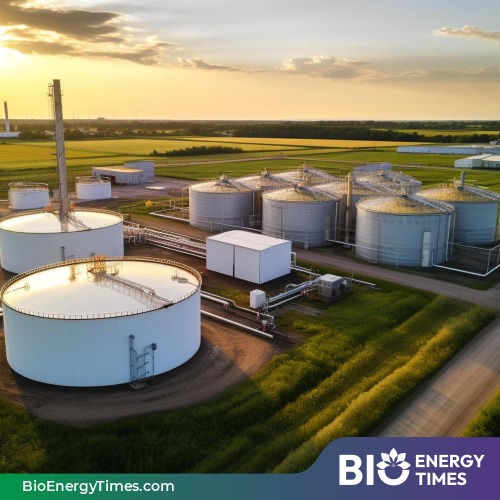
“South Korea: Hyundai E&C wins $132 …” from bioenergytimes.com and used with no modifications.
Industrial biogas applications represent the second-largest segment of South Korea's market, with food processing, beverage manufacturing, and pharmaceutical operations generating significant volumes of organic waste suitable for anaerobic digestion. These high-strength organic wastes often produce superior biogas yields compared to municipal sources, making them particularly valuable as feedstock.
Major corporations, including Samsung, LG, and Hyundai, have implemented on-site biogas facilities at manufacturing locations, utilizing waste streams to generate process heat and electricity while simultaneously reducing waste disposal costs and environmental liabilities.
The industrial segment offers substantial growth potential as more companies adopt circular economy principles and seek to minimize their environmental footprints.
Regulatory pressures regarding industrial waste disposal have created financial incentives for on-site treatment through biogas systems, particularly for facilities located in environmentally sensitive areas or those generating high volumes of organic waste. These market forces have stimulated innovation in specialized anaerobic digestion technologies optimized for specific industrial waste streams.
Agricultural Feedstock (Fastest Growing Segment)
While currently representing the smallest market segment, agricultural biogas production demonstrates the highest growth rate within South Korea's biogas industry. The agricultural sector produces substantial volumes of organic waste from livestock operations, crop residues, and food processing activities that can be converted to biogas with minimal preprocessing.
Rural biogas installations provide multiple benefits to farming communities, including waste management solutions, renewable energy generation, and the production of nutrient-rich digestate that can replace chemical fertilizers.
Government rural development initiatives have specifically targeted agricultural biogas as a priority technology, creating favorable conditions for rapid expansion.
Livestock operations present particularly promising opportunities for biogas development, with swine and poultry farms implementing systems that capture methane from manure management while reducing odour issues that often create conflicts with neighboring communities.
Cooperative models have emerged where multiple farms share centralized biogas facilities, achieving economies of scale that would be impossible for individual operations. These collaborative approaches have proven especially successful in regions with concentrated animal feeding operations, creating sustainable waste management solutions for entire agricultural districts.
Major Players and Breakthrough Projects
The South Korean biogas landscape features a diverse ecosystem of domestic and international companies applying innovative approaches to feedstock conversion and end-product utilization.
Market participants range from global engineering firms with extensive renewable energy portfolios to specialized Korean startups focused on specific biogas applications or technological innovations.
This competitive environment has accelerated technology transfer and fostered creative solutions to implementation challenges, driving the sector's overall growth and development.
WELTEC BIOPOWER's Gyeonggi-do Plant
German biogas specialist WELTEC BIOPOWER made headlines in 2020 with the construction of a landmark biogas facility in Gyeonggi-do province. This showcase installation processes 93,000 tons of food waste annually, converting Seoul's organic waste into renewable energy through advanced anaerobic digestion technology.
The facility incorporates sophisticated preprocessing equipment that removes contaminants from incoming waste streams, ensuring optimal digestion conditions and maximizing biogas yields. Four stainless-steel digesters operate in parallel, providing redundancy and operational flexibility while maintaining consistent gas production throughout the year.
The Gyeonggi-do plant represents a significant technological leap forward for South Korea's biogas sector, implementing European best practices that have been adapted for local waste characteristics and regulatory requirements.
The facility generates 4.2 million cubic meters of biomethane annually, enough to replace approximately 4.5 million liters of fossil fuels. Beyond energy production, the plant produces high-quality liquid fertilizer as a byproduct, which is distributed to agricultural operations throughout the region, creating additional revenue streams and environmental benefits.
The project's success has established a replicable model for large-scale municipal biogas implementation, demonstrating the viability of advanced digestion technologies in the Korean context.
Several provincial governments have initiated feasibility studies for similar installations, seeking to replicate the environmental and economic benefits achieved at the Gyeonggi-do facility. WELTEC BIOPOWER has leveraged this flagship project to secure additional contracts throughout the country, establishing itself as a leading technology provider in South Korea's rapidly expanding biogas market.
- Processing capacity: 93,000 tons of food waste annually
- Biomethane production: 4.2 million cubic meters per year
- Fossil fuel replacement: 4.5 million liters
- Carbon dioxide reduction: 9,200 tons annually
First Commercial Biogas-Based Biomethanol Plant
South Korea achieved a significant technological milestone with the announcement of its first commercial biogas-based biomethanol plant, scheduled to begin operations in late 2025. This groundbreaking facility will convert biogas derived from organic waste into biomethanol, a versatile liquid fuel and chemical feedstock that can replace petroleum-derived methanol in numerous industrial applications.
The project represents the convergence of biogas technology with advanced catalytic conversion processes, creating higher-value end products from renewable resources. This value-added approach dramatically improves the economics of biogas production while expanding its potential applications beyond conventional electricity generation and heating.
Financial Landscape for Biogas Investments
The financial ecosystem supporting South Korea's biogas industry has matured significantly in recent years, with diverse funding mechanisms available to project developers across all scales of operation.
Traditional project finance has been supplemented by specialized green investment vehicles, creating multiple pathways for capital formation. The Korean Development Bank has established dedicated renewable energy portfolios that include preferential financing terms for biogas projects, recognizing their contributions to national environmental and energy security objectives.
International financial institutions have also shown increasing interest in South Korea's biogas sector, with the Asian Development Bank and European Investment Bank both participating in recent project financings.
These international partners bring not only capital but also technical expertise and global best practices that enhance project viability and operational performance. The combination of domestic and international funding sources has created a robust financial foundation for continued industry expansion, helping to reduce landfill reliance through innovative biogas solutions.
Government Subsidies and Incentives
South Korea has implemented a comprehensive incentive structure to stimulate biogas development, including feed-in tariffs that guarantee premium prices for biogas-generated electricity.
These tariffs typically range from 120-190 KRW per kilowatt-hour depending on facility size and feedstock type, providing reliable revenue streams that enhance project bankability. Additionally, the Renewable Portfolio Standard (RPS) requires major power generators to source increasing percentages of their output from renewable sources, creating a robust market for biogas-derived electricity with valuable Renewable Energy Certificates (RECs) that provide secondary income for project operators.
Tax incentives further enhance financial viability, with biogas facilities eligible for accelerated depreciation schedules, property tax reductions, and value-added tax exemptions on equipment purchases.
The Ministry of Environment offers direct grants covering up to 50% of capital costs for municipal biogas projects that incorporate advanced waste processing technologies or innovative end-product utilization. These layered financial supports address both capital and operational aspects of biogas development, creating favorable conditions for sustained investment throughout the value chain.
Private Investment Opportunities
The maturing biogas ecosystem has attracted diverse private capital sources, from venture funding for innovative startups to infrastructure investments from pension funds seeking stable long-term returns.
Korean corporations including SK Innovation, Hanwha, and POSCO have established dedicated renewable energy investment divisions with specific allocations for biogas projects, recognizing the technology's strategic alignment with corporate sustainability goals and long-term business interests.
Joint ventures between Korean firms and international technology providers have become increasingly common, combining local market knowledge with specialized technical expertise to develop high-performance facilities.
Foreign direct investment has accelerated as international players recognize South Korea's favorable policy environment and strong growth potential. Danish firm Bigadan, Swedish Biogas International, and Germany's EnviTec Biogas have all established operations in South Korea through strategic partnerships or direct market entry.
These international stakeholders bring proven technologies and operational experience that have helped accelerate the industry's technological sophistication and operational efficiency, creating positive feedback loops that further enhance investment attractiveness.
Return on Investment Potential
Well-structured biogas projects in South Korea typically achieve internal rates of return between 12-18%, comparing favorably with other renewable energy technologies in the current market.
Municipal waste-to-energy facilities generally demonstrate the most predictable performance metrics due to consistent feedstock availability and long-term waste management contracts that ensure stable revenue streams.
Industrial applications can achieve even higher returns when integrated with existing operations, as they capture multiple value streams including waste disposal cost avoidance, energy generation, and carbon credit monetization.
Agricultural biogas projects show more variability in financial performance but can achieve premium returns when structured to capture multiple value streams including fertilizer production, carbon credits, and renewable energy certificates. The payback periods for most commercial-scale installations range from 5-8 years depending on facility size, feedstock costs, and end-product utilization strategies.
As the technology continues to mature and economies of scale improve, these financial metrics are expected to strengthen further, attracting additional investment capital to the sector. For example, Korea's first commercial biogas-based biomethanol plant is a testament to the growing interest and investment in this sector.
Technological Innovations Transforming the Sector
The South Korean biogas industry is experiencing rapid technological evolution, with innovations spanning feedstock preparation, digestion processes, and end-product utilization.
Research institutes including the Korea Institute of Energy Research (KIER) and Seoul National University have established dedicated biogas technology centers that collaborate with private industry to accelerate commercialization of promising innovations.
These research initiatives receive substantial government funding through the Ministry of Trade, Industry and Energy's renewable energy development programs, creating a robust innovation pipeline that continually enhances sector performance.
Greenhouse Gas to Biomethanol Conversion
The forthcoming biogas-to-biomethanol plant represents a significant technological breakthrough with far-reaching implications for the industry.
Traditional biogas utilization focuses primarily on electricity generation or direct biomethane production, but the conversion to liquid biomethanol opens entirely new market opportunities.
The process combines biogas with captured carbon dioxide in a catalytic reactor, producing methanol that can substitute for petroleum-derived alternatives in chemical manufacturing, fuel blending, and industrial processes.
This technology effectively doubles the carbon benefit by utilizing both the methane and carbon dioxide components of biogas, maximizing greenhouse gas reduction potential while producing a higher-value end product.
The biomethanol pathway creates direct linkages between the biogas sector and Korea's substantial chemical manufacturing industry, opening new markets beyond the energy sector. Major chemical producers including LG Chem and Hanwha Chemical have expressed interest in sourcing renewable methanol to reduce their carbon footprints and meet increasingly stringent environmental regulations.
The shipping industry represents another promising market, with biomethanol emerging as a leading candidate for marine fuel decarbonization due to its liquid form, energy density, and compatibility with modified conventional engines. For more insights on reducing emissions, explore how to reduce methane emissions.
Efficiency Improvements in Biodigestion
Korean researchers have achieved significant advances in anaerobic digestion processes, developing specialized bacterial consortia adapted to local feedstock characteristics and operating conditions.
These engineered microbial communities accelerate digestion rates by up to 40% compared to conventional processes while increasing methane yields by 15-25%.
Temperature-phased anaerobic digestion (TPAD) systems that operate sequential reactors at different temperatures have shown particular promise for food waste processing, overcoming traditional challenges with high protein and fat content that can inhibit conventional digestion processes.
Process monitoring and control systems have similarly evolved, with artificial intelligence applications optimizing digester performance through real-time adjustment of feeding rates, mixing intervals, and temperature profiles.
These advanced control systems enable facilities to maintain peak production despite variations in feedstock composition or environmental conditions, substantially improving operational stability and economic performance.
Remote monitoring capabilities allow centralized technical teams to oversee multiple facilities, reducing operational costs while ensuring optimal performance across distributed installations.
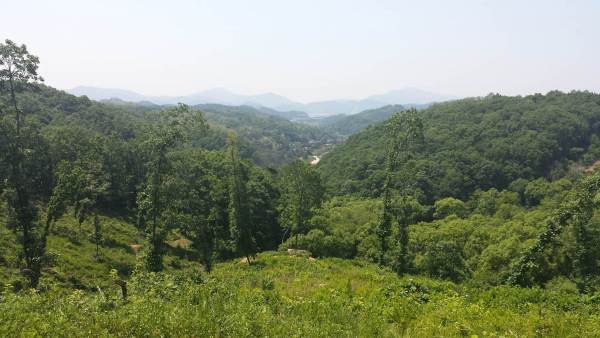
Integration with Existing Energy Infrastructure
Grid integration technologies have advanced significantly, with biogas facilities increasingly incorporating smart generation systems that respond to electricity market signals and grid conditions.
Flexible production capabilities allow facilities to maximize revenue by targeting peak pricing periods while providing valuable grid stabilization services that command premium payments. Biogas plants equipped with gas storage systems can shift production timing to align with demand patterns, effectively functioning as dispatchable resources that complement intermittent solar and wind generation within the broader renewable energy portfolio.
For example, South Korea is set to launch its first commercial biogas-based biomethanol plant, a development that showcases the country's commitment to renewable energy innovation. Read more about this biogas-based biomethanol plant.
Biomethane injection into natural gas infrastructure has been simplified through standardized connection protocols and gas quality monitoring systems developed through collaboration between the Korea Gas Corporation (KOGAS) and technology providers.
These standardized approaches reduce connection costs and accelerate project development timelines while ensuring consistent gas quality throughout the distribution network. As the natural gas system gradually transitions toward renewable gas sources, these integration capabilities provide a critical bridge between existing infrastructure and future low-carbon energy systems.
Challenges and Roadblocks to Overcome
Despite promising growth and supportive policies, South Korea's biogas industry continues to face significant challenges that must be addressed to achieve its full potential.
These obstacles range from technical limitations and economic constraints to social acceptance issues and competing priorities within the broader energy landscape.
Industry stakeholders are actively developing strategies to overcome these barriers through technological innovation, policy advocacy, and public education initiatives focused on biogas benefits.
Infrastructure Development Costs
Capital intensity remains a significant barrier to accelerated biogas deployment, with fully equipped commercial-scale facilities requiring investments of $10-25 million depending on size and technology configuration.
These substantial upfront costs can deter smaller developers or municipalities with limited borrowing capacity, despite favorable long-term economics.
The specialized nature of biogas equipment often requires importing components from European manufacturers, adding currency exchange risks and international shipping costs that further increase capital requirements.
For example, South Korea's first biomass-to-biomethanol facility highlights the challenges and opportunities in the biogas sector.
Engineering and construction capacity represents another constraint, with limited domestic expertise in advanced biogas system design and construction.
While international partnerships have helped transfer knowledge and build local capabilities, the specialized nature of biogas facilities still results in premium construction costs compared to more established infrastructure projects.
These capacity limitations can extend project development timelines and increase costs, reducing overall investment attractiveness despite strong fundamentals and favorable operational economics. For example, Biofriends is developing South Korea's first biomass-to-biomethanol facility, highlighting the ongoing efforts to expand local expertise.
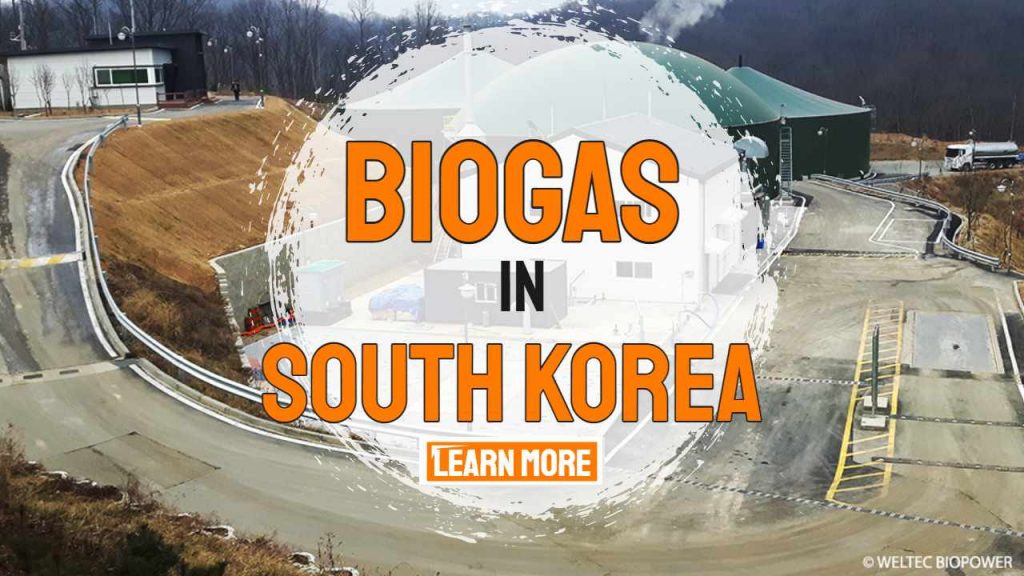


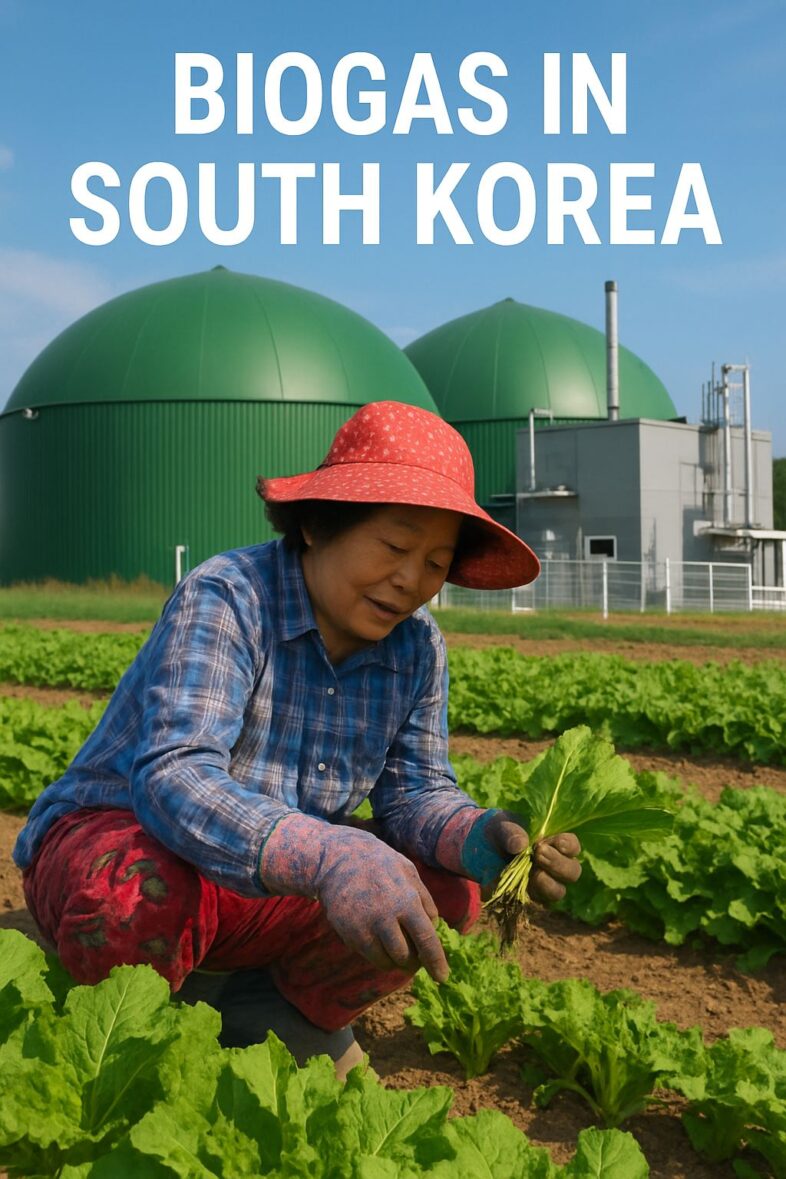
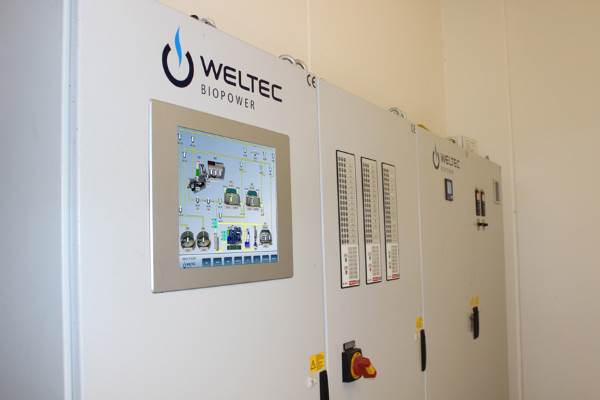 In South Korea, the optimum function of the components will
In South Korea, the optimum function of the components will
